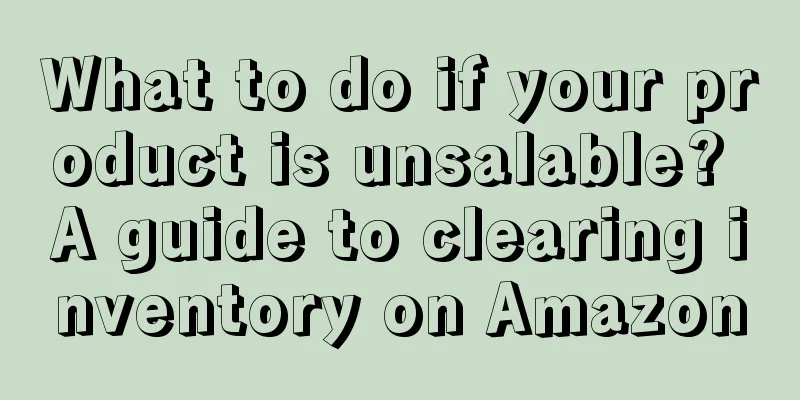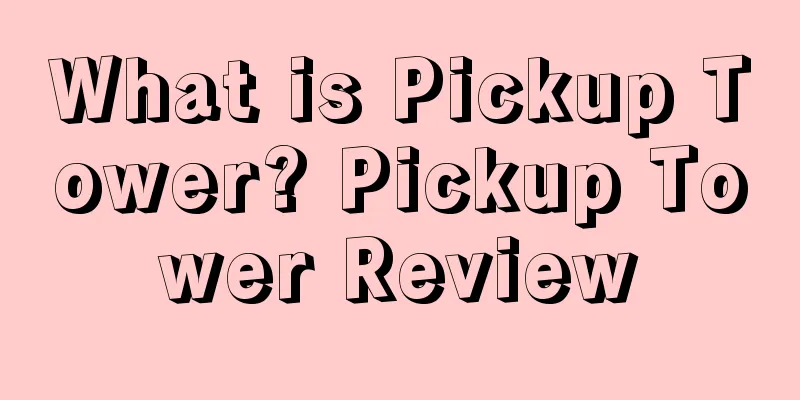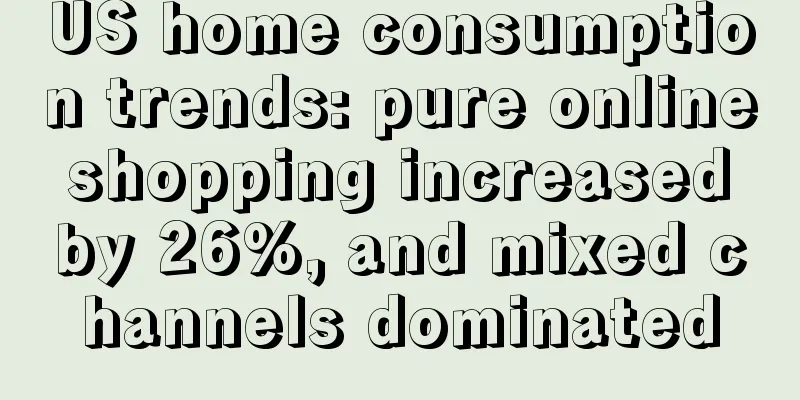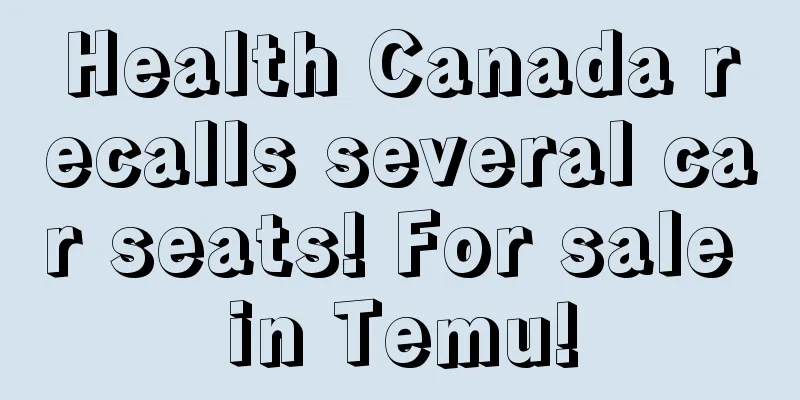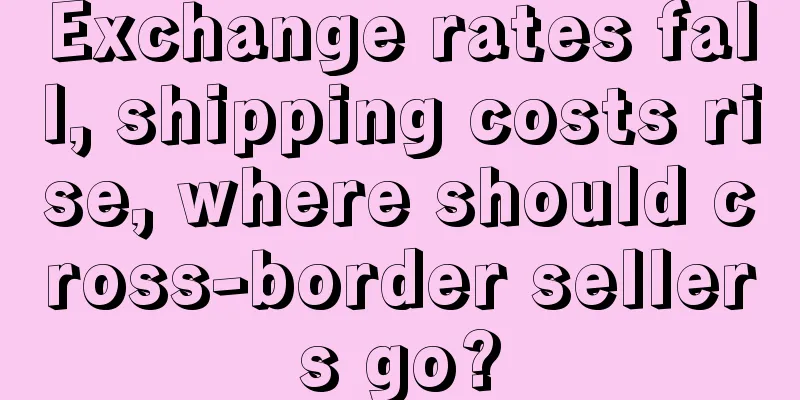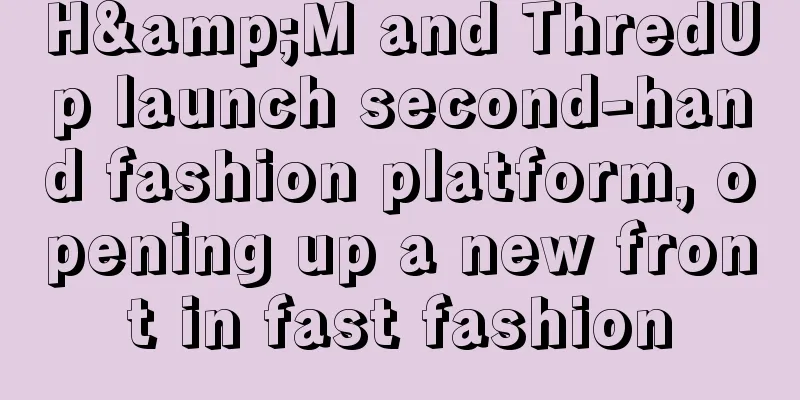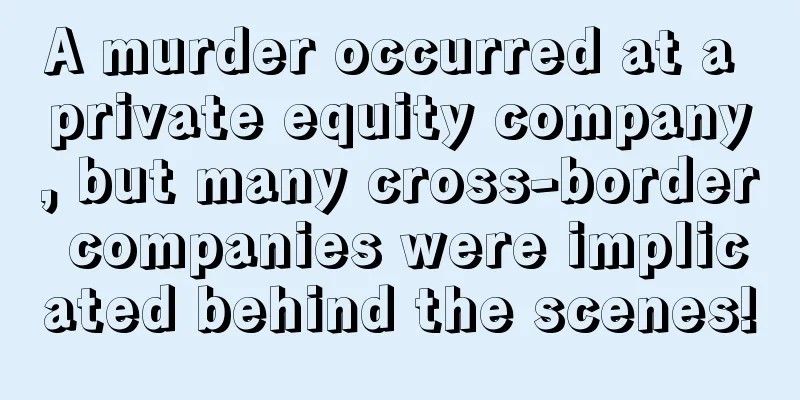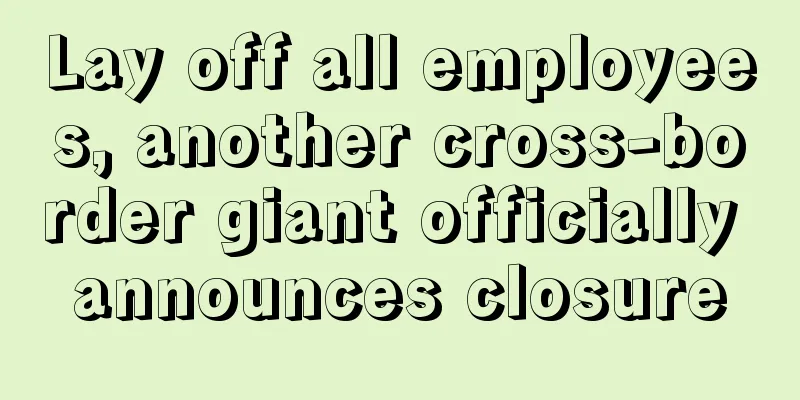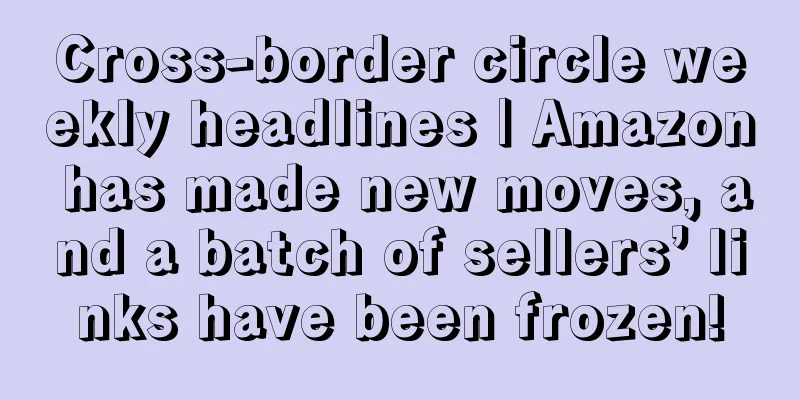How to combine Facebook ads and email marketing to increase conversion rates
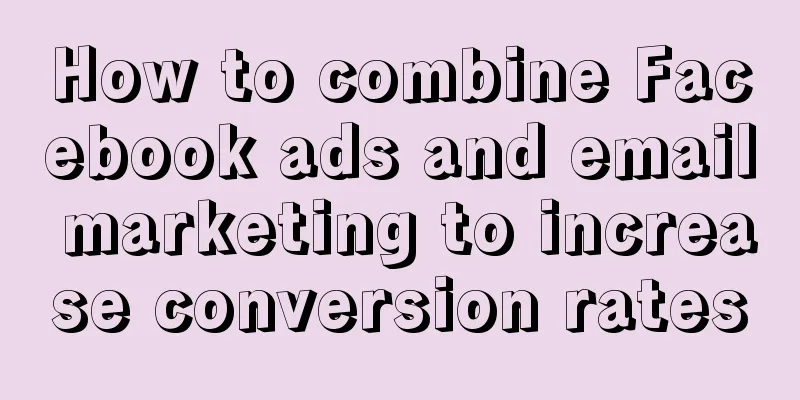
|
Recently, social media marketing and advertising are very popular, which can help companies to attract traffic and convert visitors into subscribers. Email marketing is one of the marketing strategies with high ROI and low difficulty, which can help companies to connect with the audience, maintain brand awareness, and convert subscribers into buyers. According to a recent survey by Ascend2, email marketing has been replaced by the remaining four marketing methods: SEO, marketing technology, content marketing, and social media advertising. However, smart marketers will combine email marketing with social media marketing, using social media traffic to convert visitors into subscribers, and then convert subscribers into buyers through email marketing.
So how do you combine social media advertising and email marketing? Here’s how:
Effectively advertising on Facebook requires you to understand multiple audience targeting, different ad formats, and practices that can maximize your advertising effectiveness. First, go to the Facebook page and click the "Promote" button below the navigation tabs:
To create a Facebook ad campaign that drives traffic to your lead generation page, scroll down the list of objectives and select “Get More Website Visitors”:
In the Promote Your Website window, specify the URL of the webpage you want to promote. Note that you can see multiple ad placement previews on the right:
You can also change the format of your Facebook ad if you want. Most of the time, single image ads are used to promote landing pages. However, if you have a higher budget for visual marketing content, you can choose ad formats such as video, carousel, or slideshow. After that, other elements you’ll need to modify include your ad headline, copy, CTA (call to action), and target audience. Here are some tips on crafting these ad elements: (1) Title The title and image in your Facebook ad are meant to grab your target audience’s attention while letting them know what you can do for them. You can achieve this by highlighting your audience’s pain points, mentioning some real-life data, and instilling a sense of urgency. Since Facebook ad titles are limited to 25 characters, be careful with the words you use. (2) Copywriting Once the audience’s attention is captured, the ad copy should fill in the details the audience needs to know before taking the next step. Some basic rules are to make sure the copy matches what’s shown on the image and to be clear and concise. To increase the impact of your copy in Facebook ads, use the communication style and language that your target audience prefers. In most cases, a good tone will help convey your brand message to Facebook users. (3) CTA Facebook simplifies this process by providing predefined CTAs for all campaign types. You can use the “Sign Up” and “Learn More” CTA buttons to generate leads:
(4) Target audience After deciding how your Facebook ads will look, the next step is to define your target audience. As an advertising platform, targeting on Facebook is pretty cool. In addition to creating target audience profiles based on user demographics and interests, you can also set up lookalike audiences from Facebook pixels, page followers, or app users, etc. Alternatively, you can build custom audiences using information from other data sources, such as links to Instagram accounts, specific Facebook events, and offline activities.
*Note: The remaining steps in this article (from building your landing page to nurturing leads) should be tailored to your audience’s preferences and goals. Also, before you launch your Facebook ads, the last step is to set your budget. Creating Facebook ads that convert potential subscribers is only part of the equation; you also need to design a landing page that urges your audience to take action. If your business has an in-house web development team and sufficient funds, then creating an attractive landing page should not be a problem. But if you are a startup, a solo business, or a freelancer, you can use some tools to create landing pages, such as Instapage, which includes many landing page templates that can be used directly.
Since most landing page creation tools are similar, you don’t need to be too picky. What’s important is to follow design principles to provide a seamless experience for your audience and encourage them to convert. That means your landing page will: (1)Contain distinctive visual content While the web design industry has been trending towards minimalism in recent years, businesses have never omitted the use of featured visual content in their landing pages. Visual content is more effective than text in capturing the audience's interest, whether it's an explainer video, background image, infographic, or product photo. The visual content itself doesn't always stand out, but as long as it draws the user's attention to other conversion elements on the landing page, it's effective. (2) Remove content that distracts users Too many page elements on a landing page may distract the audience, which will ultimately seriously affect conversions. Such page elements include sidebar ads, animations, large menus, and pop-ups. Also avoid unnecessary steps in the design, such as entering an address or answering questions. The following figure is a landing page that has removed all elements that may interfere with the user experience:
(3) Demonstrate value proposition On a landing page, the main headline should highlight a user-oriented value proposition that is centered around the needs of your target audience. Here are some tips to help you write headlines that convert: Use superlatives of negative words. Superlatives of negative words, such as “worst,” “never,” or “lowest,” can significantly increase the click-through rate of your headlines. Cite actual data. One way to capture the interest of your target audience is to mention exact data to support your value proposition. For example, instead of saying “tips to generate traffic,” try expanding it to “tips to generate over 10,000 visitors in a month.” Use trending phrases. A 2017 survey by BuzzSumo showed that headlines containing certain phrases, such as “will make you,” “this is why,” and “are freaking out,” received more engagement on Facebook. (4)Design your landing page for mobile users Don’t forget to design your landing page for mobile users. According to Statista, 75% of Facebook users access the platform via mobile devices, so optimizing your landing page for mobile is crucial. A great tool for mobile landing page optimization is Google Mobile-Friendly Test. Simply enter your landing page URL, wait for the evaluation to complete, and then look for optimization suggestions:
(5)A/B test your landing page A/B testing tools can significantly reduce the time it takes to collect enough data about your landing page performance. It works by letting you test two or more variations of your landing page simultaneously. In addition to landing page tools that have built-in A/B testing tools, you can also use external tools such as the free Google Optimize to test two or more versions of your landing page:
Social media ads bring in traffic, and the goal of your landing page is to convert visitors into subscribers. But that’s not all. You need to do more to truly earn the trust of potential users and ultimately convert them into buyers. (1) Create a welcome email First, you need to make sure that users fully understand what they are signing up for. A welcome email is probably the easiest step in the process of nurturing leads, and you can use email marketing tools like Mailchimp. Not only does a welcome email allow you to thank your new subscriber, it also sets expectations, making them more receptive to future marketing emails, and it may also help you filter out unqualified leads early on.
(2) Check where your audience is in the sales funnel One of the most common mistakes businesses make with email marketing is treating all subscribers the same way. In the sales funnel, different stages determine how subscribers respond to certain marketing emails: Awareness: The awareness stage is where users discover your brand. Businesses need to use a welcome email that includes links to helpful resources, including blog posts, case studies, and other types of educational content. Consideration: Potential users in the consideration stage are not ready to make a purchase yet. They still need more validation from product reviews, tutorials, free trials, and other product-centric content before they feel confident enough to take the next step. Purchase and repurchase: In email marketing, you can group all existing customers into a list, whether they are first-time buyers or not. At this point, your goal is to build brand loyalty through cross-selling emails, requests for reviews, and special campaigns. Email subscribers you acquire from social media ads may be in the awareness or consideration stage of your sales funnel. To segment them accordingly, you can use email marketing tools like Mailchimp and Drip to sort leads based on page visits, purchases, or signups from a specific source.
(3) Get inspiration from others Just like with landing pages, you have to continually test and improve your emails to get the full benefits. Some email marketing platforms have built-in analytics tools to help you do this. If you want to get a head start, check out the email marketing of the top brands in your niche. Really Good Emails is a simple free tool that can help you do this. All you have to do is enter a keyword that describes the type of email you want to create and wait for relevant suggestions.
If you prefer something more comprehensive, WhoSends might be a good choice. It allows you to bookmark emails for future reference, sort email samples by industry, and start searching using specific domains. It also offers a more diverse selection of emails, including beautifully designed email templates.
While you can take inspiration from your competitors or big brands in your industry, the best practice is to pay close attention to how they present marketing email bullet points, the focus of their headlines, and the overall tone of their content. Designing successful email marketing campaigns to complement social ads is not difficult, and using the right tools can save you time and effort. In addition, you need to know that there is no "one size fits all" approach to optimizing landing pages and developing email content used by customers. You need to master the above knowledge, conduct experiments, set goals, and constantly improve in order to better convert visitors to subscribers and subscribers to buyers. Text ✎ Mary/ Statement: When reprinting this article, the title and original text must not be modified, and the source and original link must be retained. |
<<: If your Facebook ads aren’t converting, there are probably 7 common reasons why
>>: How to use the FBA calculator
Recommend
Fined 35 million euros? A review of the things Amazon was fined for
Previously, there was a topic in the cross-border ...
What is Newegg? Newegg Review
Newegg is a professional e-commerce consumer servi...
You must know that Amazon has the following reasons for closing stores!!!
In order to protect the interests of both buyers a...
Prime Day just ended, and Amazon released two more big news in early August!
The Member Carnival Day in July has just passed an...
What is Amazon Currency Converter for Sellers? Amazon Currency Converter for Sellers Review
Amazon Currency Converter is an optional service t...
Traffic and conversion rate both increased! Amazon's new feature is online!
With the peak season approaching, Amazon has made ...
Large-scale store closures! Overseas sellers also suffered! This time, the reason was...
Black Friday has officially begun. I thought I wou...
What is InstaFollow? InstaFollow Review
InstaFollow is a mobile app for Instagram. Its mai...
Package thefts are a serious problem for Americans, but Amazon sellers are the ones being taken advantage of?
It is learned that the number of package thefts in...
Musk threatens to abandon acquisition! Twitter gives in and says it will provide fake account data!
<span data-shimo-docs="[[20,"马斯克威胁将放弃收购!推特...
Prime Day starts early? Category BS starts price war, and a large number of sellers clear out their stocks at a loss
On June 21, Amazon Global Store officially announc...
What is Arphic Supply Chain? Arphic Supply Chain Review
World Depot Inc. (Wen Ding Supply Chain of Pan Din...
What is WhiteHat Jr? WhiteHat Jr Review
Founded in 2018, WhiteHat Jr teaches programming t...
What is OVO? OVO Review
OVO is one of the most commonly used e-wallets in ...
What is WECRO Overseas Warehouse? Review of WECRO Overseas Warehouse
Guangdong Weikelu Supply Chain Logistics Co., Ltd....
